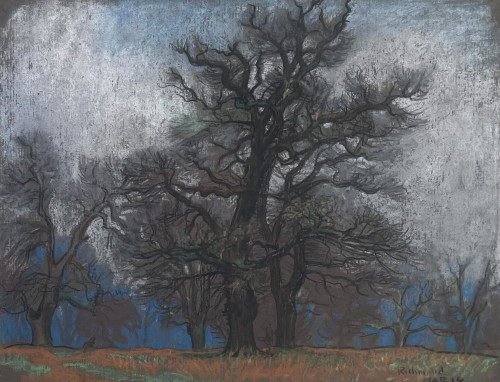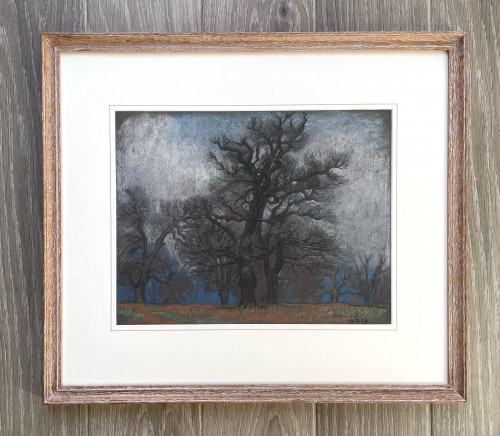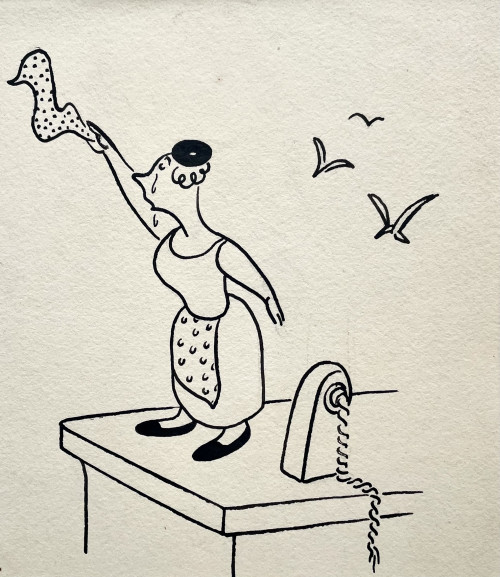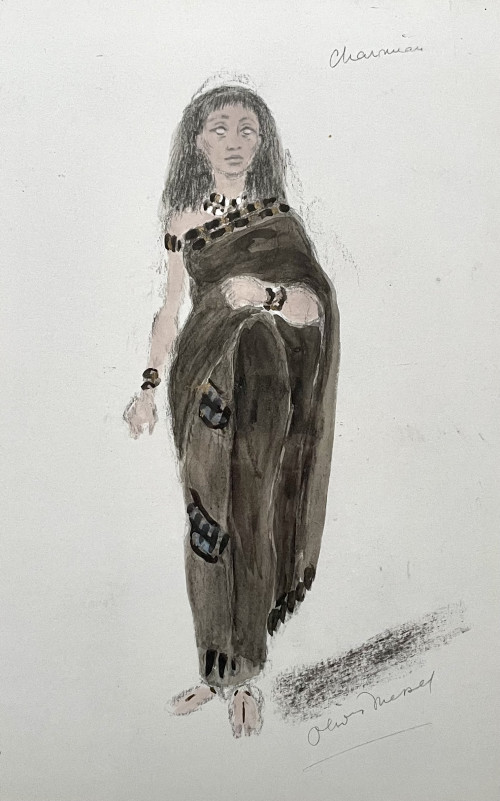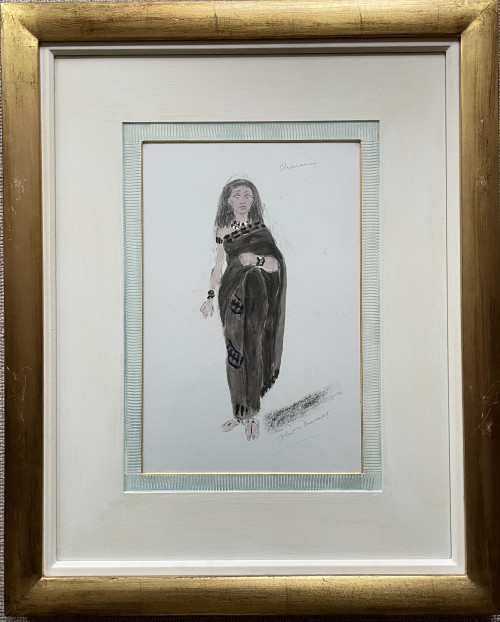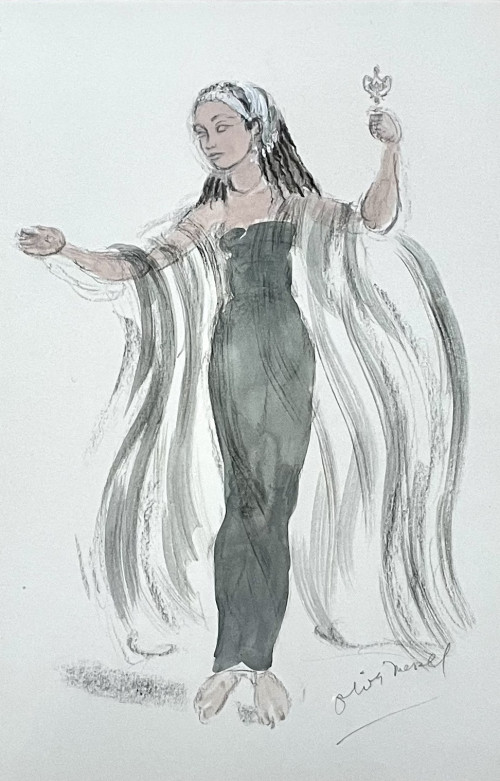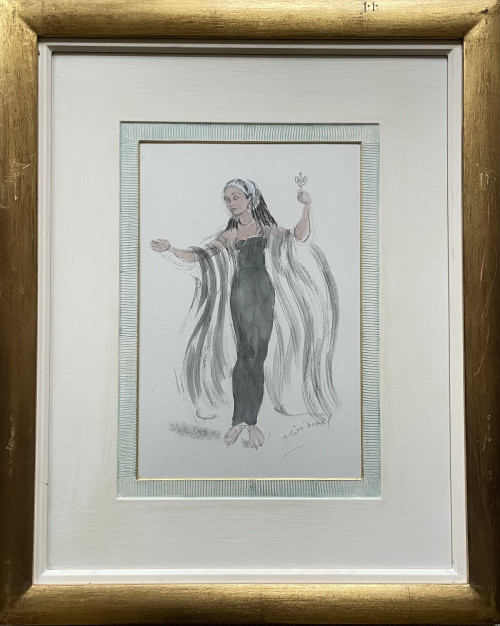- HOME
-
- View All Items
- New Arrivals
- Featured Items
- Artists
-
- View All
- Contemporary
- Birmingham School
- Cotswold Group
- Landscape
- Urban Townscape
- Abstract
- Animals/Birds
- Arts & Crafts
- British Impressionist
- Botanical
- Design/Industrial
- Fantasy/Fairy Subjects
- Female Artists
- Figurative
- Historical
- Illustration/Cartoon
- Marine
- Military/War Artist
- Modern British
- Pre-raphaelite/ Romantic/ Aesthetic
- Nude
- Portrait
- Prints
- Scottish
- Sculpture
- Sporting
- Still Life
- Theatrical
- Interiors/Architectural
-
ARCHIVE
Genre
- View All
- Contemporary
- Birmingham School
- Cotswold Group
- Landscape
- Urban Townscape
- Abstract
- Animals/Birds
- Arts & Crafts
- British Impressionist
- Botanical
- Design/Industrial
- Fantasy/Fairy Subjects
- Female Artists
- Figurative
- Historical
- Illustration/Cartoon
- Marine
- Military/War Artist
- Modern British
- Pre-raphaelite/ Romantic/ Aesthetic
- Nude
- Portrait
- Prints
- Scottish
- Sculpture
- Sporting
- Still Life
- Theatrical
- Interiors/Architectural
- ARTISTS
- Online Exhibitions
- Events
- About
- Contact
- Home
- Medium
- Watercolour & Drawing
- In the Corner
In the Corner
In the Corner
JOHN GEORGE SOWERBY (1849-1914)
In the Corner
Watercolour Framed
13.5 by 14.5 cm., 5 by 5 in. (frame size 34 by 34 cm., 13 by 13 in.)
Reproduced: J G Sowerby & Thomas Crane, At Home, Marcus Ward & Co, 1881, p.50. The current work of a child in a high Aesthetic Movement interior was reproduced in Sowerby and Crane”™s 1881 children”™s book, At Home, where is accompanied by the following verse: On the chair an open lesson Open wide at A B C; In the corner little Lettice, Aged Three. Little Lettice is not stupid, She can learn if she will try; Knows her A B C as well as You or I. But to-day she really would not Think of anything at all But those flowers ”“ and the china On the wall. When to big A Mother pointed, Saying, “Letty this you know:” ”“ Letty looked and quite sedately Said ”“ “Round O!” This is why our little Lettice In the corner there you see, Till it pleases her to know her A B C. John George Sowerby was born into a prosperous Gateshead family of glass manufactures and artists. He inherited the family business, the Ellison Glass Works, one of the world”™s largest producers of pressed glass, where he introduced designs inspired by the Arts and Crafts movement. Initially he combined his energies at the glass works with his work as an illustrator and painter of landscapes and floral subjects with a Pre-Raphaelite intensity, strong colours and rich detail. He exhibited many of these paintings at the Royal Academy. In the 1880s he collaborated with Newcastle artist, Henry Hetherington Emmerson, on illustrations for the children”™s books Afternoon Tea (1880) and The May Blossom (1881). Although were critically very well received but the publications were attacked by Kate Greenaway who considered them too close to her own work. Sowerby then went on to produce highly aesthetic illustrated books At Home (1881) and At Home Again (1883), with decorations by Thomas Crane. Gleeson White, editor of The Studio magazine stated that in Afternoon Tea Sowerby “set a new fashion for ”˜aesthetic”™ little quartos”™ (The Studio, 1897). Roger Dixon in Belfast Publishing (Oxford University Press, 2011, p.79) considered these At Home and At Home Again to be “among the loveliest books ever produced.” Never very wise as a business man, in the early 1880s he left Ellison Glass Works being declared bankrupt in 1884. He returned to the works again as a paid employee. Sowerby”™s daughter, Millicent Sowerby, followed in her father”™s footsteps and became a successful children”™s book illustrator. His daughter, Githa, is best-known for writing the play Rutherford & Son, the main protagonist being a thinly-veiled portrait of her father and his business failings.
Dimensions:
Thank you for your enquiry.
We will get back to you soon.
Please create wishlist to add this item to
RELATED ITEMS




